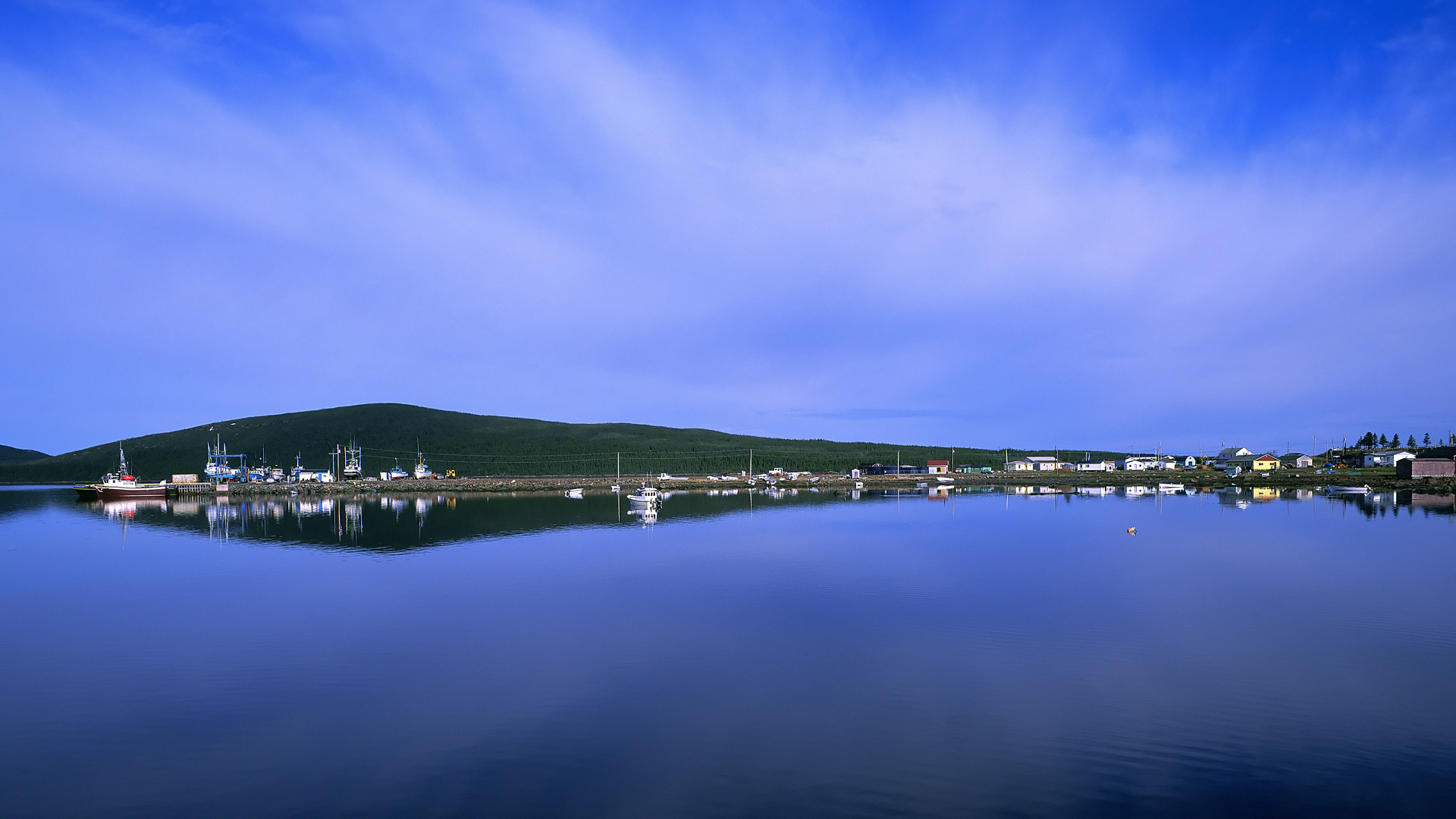
Labrador is currently involved in an Inuit identity debate. A southern Labrador group – the NunatuKavut Community Council (NCC) – says it is Inuit and has opened rights-based discussions with the federal government.
The Nunatsiavut government, whose constituents are the Inuit of northern and central Labrador, disagree. The Innu Nation also disputes the claims of the NCC, previously known as the Labrador Metis Nation.
In 2020, the issue gained some attention when then-NDP MP for Nunavut, Mumilaaq Qaqqaq accused Liberal MP for Labrador Yvonne Jones, a member of the NCC, of being “not an Inuk.” Ms. Jones demanded an apology and later told the Commons she is of both white and Inuit descent.
This “not an Inuk” sentiment is now being used by the Innu of Labrador through their political organization, the Innu Nation, in a campaign against a people in Labrador with whom they have shared the same homeland for centuries.
The Inuit, through their regional Indigenous government Nunatsiavut and through their national organization Inuit Tapiriit Kanatami (ITK), have also stated their opposition to the Canada-NCC discussions.
The people of NunatuKavut are located mainly in communities from Cartwright in the north to L’Anse Au Clair on the Quebec-Labrador border, as well as in communities in other parts of Labrador.
Approximately 25 per cent of its members live in the Lake Melville area which includes Happy Valley-Goose Bay. Total membership in the NCC is approximately 6,000.
The federal government has recognized this group as Indigenous. In 2019, Carolyn Bennett, then Crown-Indigenous relations minister, signed a memorandum of understanding (MOU) with NunatuKavut to open discussions. The Innu objected and filed for a judicial review. The case has yet to be heard.
To say this is disheartening would be an understatement. Labrador for centuries has been a land where Indigenous peoples lived and interacted with European settlers along the coastal region. They sustained their families using resources from the land, the sea and the sea ice.
Local populations became mixed through intermarriage with the Europeans. That is why the Labrador Inuit, in its lands claim agreement recognizes (1) Inuit and (2) the “Kablunângajuk” (someone with no Inuit ancestry but who had lived in the land claim area before 1940 – for example, people of European descent). Each group is entitled to equal benefits.
If that standard is applied, effectively everyone in the NunatuKavut communities would qualify. These are requirements the Inuit set out in their agreement related to Kablunângajuk. It makes no sense for the Inuit of Labrador, the Innu or the ITK to suggest otherwise.
It is instructive to look at what land has been negotiated for settlement in Labrador by the federal government and the Indigenous organizations to date. Keep in mind that the Labrador land mass is large enough to fit the entire island of Newfoundland, Prince Edward Island, Nova Scotia and New Brunswick within its borders.
The Labrador Inuit settlement area consists of roughly 28,000 square miles, with 6,100 square miles of completely Inuit-controlled lands in and around the communities it represents on the north coast of Labrador.
The Innu have an agreement in principle to a settlement area of 14,000 square miles with 5,000 square miles that are 100 per cent Innu-controlled. Most of this is in the northern area of Labrador that overlaps with Inuit interests due to their historical use of the land. A portion extends into the Mealy Mountains in the southern half of Labrador.
While there is some potential for overlapping claims with the Innu in central Labrador, none of the Innu lands claim settlement area encroaches on NCC communities.
Why then is it that the Innu and the Inuit feel threatened by the NCC discussions with the government? It’s not as if the NCC is a new group (as suggested by some). It’s been fighting for recognition for at least 40 years.
Some leaders of the Innu claim that NCC recognition means the Innu will lose rights and benefits. Does this mean the fight is about money? How sad can it be that the legitimacy of a heritage and a culture can be reduced to, and determined by, the availability of resources?
What needs to be remembered is that the NCC has an interest in the land and resources contiguous to its communities and traditional territories. Formal agreements provide protection for land development and benefits to the community.
Should the Federal Court accept the Innu argument that NCC has no rights, it will drive another wedge between Indigenous groups in Labrador.
It would also put a further stain on the reputation of a country already suffering from its colonization practices and treatment of Indigenous peoples through the Indian Act, residential schools and the failure to properly include First Nations, Inuit and Metis peoples in economic participation.
In recent weeks, the Nunatsiavut government and the Innu Nation boycotted the Newfoundland and Labrador premier’s roundtable on Indigenous issues because it included the NunatuKavut as a participant.
The act of boycotting often achieves little. It is hoped that these leaders will instead consider the benefits of gathering in the future to begin constructive discussions.
Solutions can be found. There are opportunities for these organizations in Labrador to come together.
However, the current climate will likely contribute to inhibiting investment and economic development, given the level of uncertainty that exists. Legal battles, which by their very nature are adversarial, do not serve the public’s interest. Labrador deserves better.
The first step could be for the parties to agree on the appointment of an arbiter who would be tasked with working with these organizations toward an enduring, made-in-Labrador solution.
The author wishes to disclose he is a beneficiary of the Labrador Inuit lands claim agreement.









